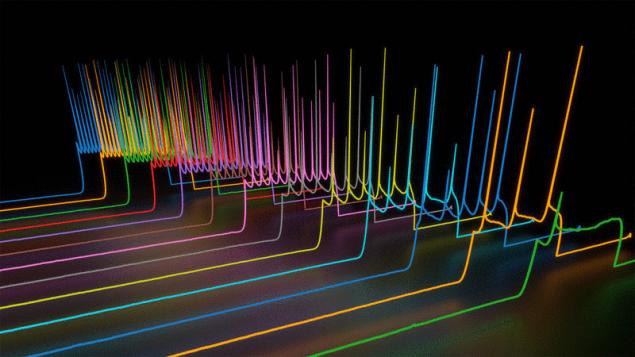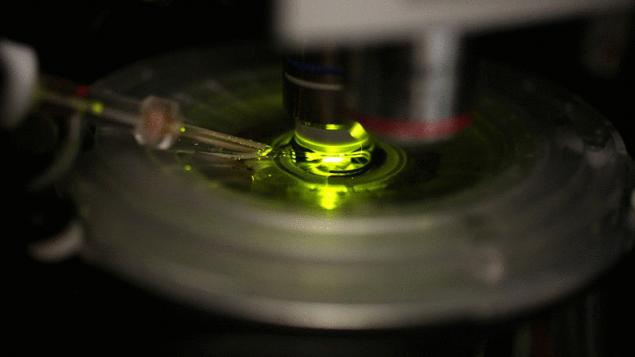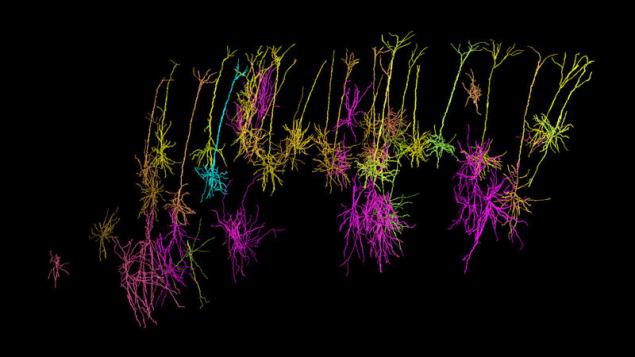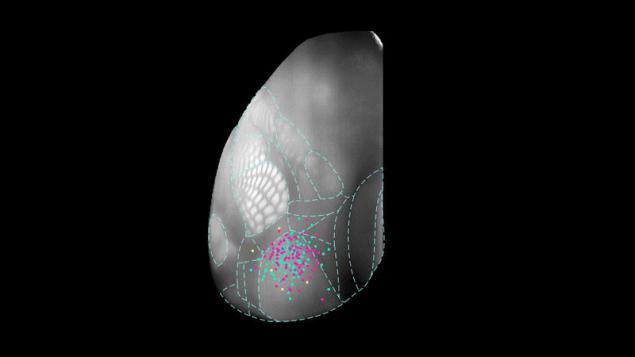The first big step in creating the map of the human brain is made
 Bashny.Net
Bashny.Net

The path to understanding the human brain long and hard, and one of the cornerstones of the way — construction of the database. Over the last few years neuroscientists have embarked on several ambitious projects to understand the relationship of the neurons that make us human and allow us to realize it. Henry Markram in the UK heads the Human Brain Project, a plan to build computer models of the brain at a cost of $ 1.3 billion. In the US BRAIN initiative (Brain Research through Advancing Innovative Neurotechnologies) hopes its own interesting way to map the dynamic activity 86 billion neurons.
Now Elenovski Institute of brain science, a key player in the BRAIN initiative, launched a database of neuronal cell types, which acts as a first step towards the full understanding of the brain. This is the first cornerstone of a 10-year plan, MindScope, which aims to determine the system that mouse, and begins with the development of a functional taxonomy of all the different types of neurons in her brain.
"The big plan is to try to understand how the brain works, says Lydia Ng, Director of technology database. Types cells are the building blocks of the brain and the creation of a large model of their co-location will help us to understand the activity that occurs in the process of perception of something and creates an action based on that perception."

Allen Cell Types Database, database elenovska cell types, at first glance, looks quite simple. The first issue includes information only about 240 neurones of the hundreds of thousands in the visual cortex of the mouse with a focus on the electrophysiology of individual cells, electrical impulses that activate the neuron, initiating a pattern of neural activity that leads to perception and action. But a deep understanding of these individual cells, to convert them into larger categories, will be crucial for understanding the brain as a whole — something like the periodic table, which was necessary for the installation of basic chemical principles.
Although researchers have come a long way in the study of the brain, most of the information that they have submitted or in the form of the big picture, in the form of the functional scans, showing the activity of brain areas or in small scale, like the expression of neurotransmitters and their receptors in individual neurons. But the relationship between these two scales — how the joint action of billions of neurons are reflected in the patterns of activity and behavior, remains unclear. Neurologists do not even have a clear idea of how there are many different types of cells, and it is important to understand how they work together. "A lot of the fundamental information is simply not available, says Allan Jones, CEO of the project, so when we started, we focused on the so-called reductionist approach, trying to understand parts of a whole".
When the database is complete, it is the first in the world will be able to collect information from individual cells on four basic parameters: shape of cells, gene expression, brain electrical activity. While the Institute monitors three of these variables, making these high resolution images of tens of electrically stimulated neurons using a light microscope, carefully noting their position in the cortex of mouse brain. "The first conclusion is important because it have a finite number of classes. We can logically break the cells into classes".

Further, the Institute will accumulate the data of gene expression in individual cells, Sequeira their RNA, and collection of all four variables will eventually lead to the complete taxonomy of types of cells. This classification system will help anatomists, physicists and neurologists to more effectively guide the study of neurons and to build more accurate models of cortical function. But it is important to note that the database is important not only because of its content. How will be collected and measured is the content, is also important for the future a broad picture of the initiatives on brain mapping.
To create a unified model of the brain, neurologists have to collect millions of individual data points based on the neurons of the brain. For a start, they will take the electric parameters of living neurons pricks their tiny pipettes micron scale. These pipettes will deliver current to the cells enough to activate them and record the electrical power output of the cell. But there are many ways to make these electrical indicators, and to understand the neural system as a unified whole, neuroscientists must use the same technique every time, to make sure that the electrical traces can be compared from neuron to neuron.
The Allen Institute in cooperation with other major hubs of neurology —over Caltech, the new York medical school, Medical Institute of Howard Hughes in Berkeley have agreed to use the same methods of electric tracing of all neurons that have been studied until now. Although data from this first set of neurons in the mouse for the most part were collected at the Institute of Allen, the overall initiative will allow us to share useful practices with other project participants and new institutions. The idea is that if all work according to one scheme, the results of operations can be combined into one place.

It will be extremely important when the Institute will begin to map not only the neurons of the mice, but also humans. In the mouse brain is easy to navigate in specific areas, receiving the electrical indications of the neurons in a particular part of the visual cortex. But in the human brain to make it not so easy. "Normally, these cells come from patients — people who want to neurosurgical intervention for epilepsy or for removing tumors," says Ng. So the surgeon got to a certain part of the brain he needed to remove a certain amount of normal tissue along the way and with this material the neurologists may conduct experiments to study it.
Because surgeons don't have to choose which brain tissue can be removed, the scientists of the Institute of Allen and other agencies must be extremely careful logging up study of cells at the position on gene expression, electrical activity or form together, so that no one cell is not lost. All together is an unnecessary part of the human brain can be useful for mapping a single large brain.published
P. S. And remember, only by changing their consumption — together we change the world! ©
Source: hi-news.ru
Tags
See also
What caused the Big Bang?
The revolution in cancer: more and more types of cancer manages to completely heal!
Scientists have found drugs, anti-aging
Theoretically possible space megastructure
1 6 lazy and destructive excuse of the weak
The effect of the carpenter: muscle memory exists
A quiet revolution in Oncology
Scientists are going to "build" the brain
The special effects in the film «Mad Max: Fury Road». Part 2/2
Wounded American special forces would be put to sleep
















